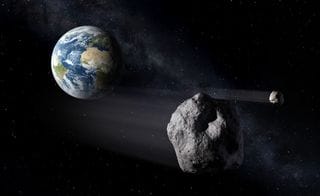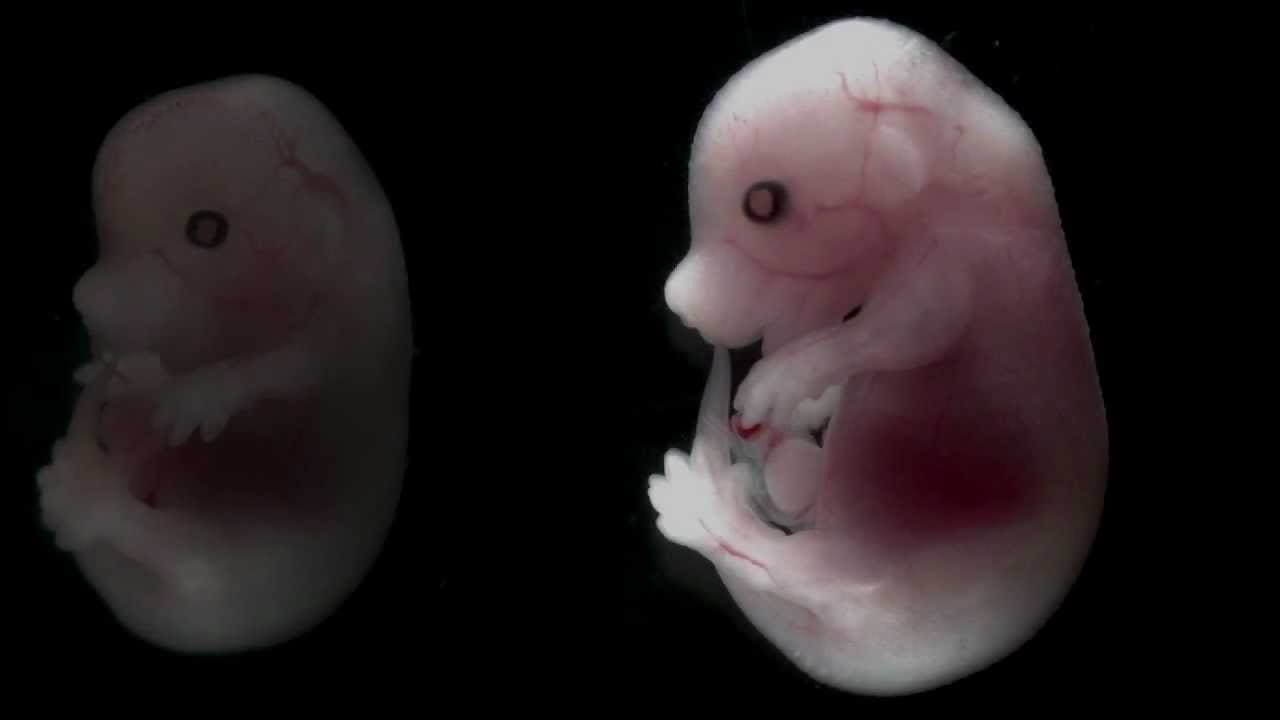The National Aeronautics and Space Administration (NASA) has recently identified an asteroid, temporarily designated 2023 PDC, that presents a statistically low, yet non-negligible, risk of impacting Earth in 2032. Initial calculations, based on the limited observational data currently available, suggest a probability of impact of approximately 1 in 83. This assessment is subject to revision as more data is collected and analyzed. The potential impact carries significant implications, necessitating close monitoring and further investigation.
The asteroid’s size and composition remain uncertain at this stage of observation. However, preliminary estimations suggest a considerable size, potentially classifying it as a “citykiller” asteroid, capable of causing widespread regional devastation in the event of an impact. The potential energy released upon impact would be substantial, leading to significant destruction and environmental consequences.
NASA’s Planetary Defense Coordination Office (PDCO) is actively tracking the asteroid’s trajectory, employing various observational techniques to refine the accuracy of its orbit calculation. Ground-based telescopes around the world are contributing to the data collection effort, providing crucial information about the asteroid’s movement through space. This continuous observation is essential for improving the accuracy of the impact probability assessment.
The 1 in 83 probability, while seemingly small, represents a statistically significant risk compared to the vast majority of asteroids that pose no immediate threat to Earth. This relatively high probability warrants close attention and proactive planning. The PDCO is utilizing sophisticated computational models to simulate various scenarios and predict potential impact zones. These simulations, while not providing definitive answers, help in assessing the potential consequences and formulating appropriate response strategies.
The uncertainty inherent in the current trajectory calculations underscores the need for continued observation and data analysis. Slight variations in the asteroid’s trajectory, even seemingly insignificant ones, can significantly alter the impact probability. As more data becomes available, the accuracy of the prediction will improve, potentially leading to a revised probability assessment. This process is ongoing, and updates will be regularly released by NASA as new information is processed.
It is important to note that a 1 in 83 chance of impact does not guarantee a collision. The probability reflects the current understanding of the asteroid’s trajectory, based on the available data. Further observation will refine this probability, potentially decreasing or, unfortunately, increasing it. The scientific community is committed to continuous monitoring and meticulous analysis to provide the most accurate assessment possible.
The potential impact necessitates a comprehensive approach to planetary defense. This involves not only continuous observation and trajectory refinement but also the development and readiness of potential mitigation strategies. Such strategies may include deflecting the asteroid’s trajectory through kinetic impactors or other advanced techniques. While these are theoretical options at this stage, research and development in this area are progressing rapidly, in anticipation of future potential threats.
The situation surrounding 2023 PDC serves as a reminder of the importance of planetary defense efforts. Continued investment in observational capabilities, advanced modeling techniques, and potential mitigation strategies is crucial for protecting Earth from future asteroid threats. NASA and international partners are actively collaborating to enhance our capacity to detect, track, and, if necessary, mitigate potentially hazardous asteroids. This collaborative effort is essential for safeguarding our planet from future potential impacts. The situation remains dynamic, and further updates will be provided as they become available.



